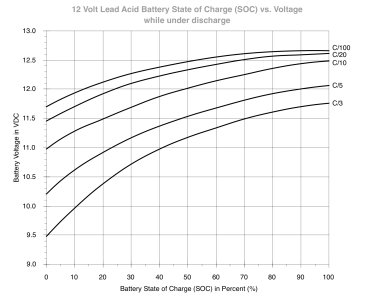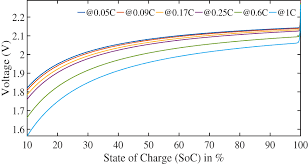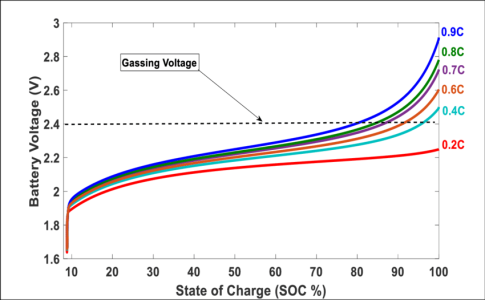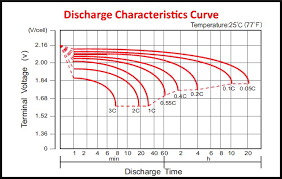Neeves
Well-known member
I've been sent this article
Ultimate Guide to Lithium-Ion Battery Voltage Chart - Jackery
Its part advertorial
But they quote, or provide spreadsheets for assessing state of charge by simply measuring voltage. Is this accepted, is the relation ship that simple and do, would, all LFP batteries follow the data.
I ask because if this is correct then the more common method of measuring amps in and subtracting amps out to provide capacity is grossly expensive compared to a simply meter measuring voltage and having a parallel scale indication capacity as a %. Basically I'm suspicious.
Jonathan
Ultimate Guide to Lithium-Ion Battery Voltage Chart - Jackery
Its part advertorial
But they quote, or provide spreadsheets for assessing state of charge by simply measuring voltage. Is this accepted, is the relation ship that simple and do, would, all LFP batteries follow the data.
I ask because if this is correct then the more common method of measuring amps in and subtracting amps out to provide capacity is grossly expensive compared to a simply meter measuring voltage and having a parallel scale indication capacity as a %. Basically I'm suspicious.
Jonathan





